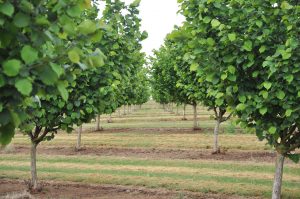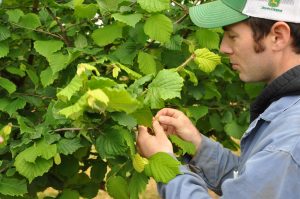Sustainable Agricultural Practices
Agriculture environmental sustainability involves better use of the natural systems and resources that farms depend on. It calls for wise water management, building and maintaining healthy soil, promoting biodiversity, and reducing climate, air, and water pollution. Over the years, sustainable farming practices have emerged. Here is a brief overview.
Planting Cover Crops
Cover crops, such as hairy vetch, are planted during the offseason of planting when soils are bare. They improve soil health by preventing soil erosion, keeping off weeds, replenishing soil nutrients, and reducing reliance on herbicides.
Rotating Crops
Planting a wide variety of crops has benefits such as improved pest control and healthier soil. Examples of crop diversity are intercropping, which involves growing a mix of crops in the same area and crop rotations all year round.
Livestock and Crop Integration
In industrial agriculture practices, animals live far off from the crops, and crops grow far away from the abundant, nutrient-rich manure. Studies, however, show that integration of animal and crop production will result in profitable and efficient farms.
Adoption of Agroforestry Practices
The right mix of shrubs and trees in farming operations will offer shelter and shade to protect plants, animals, and water resources while also providing an additional income to the farmer.


